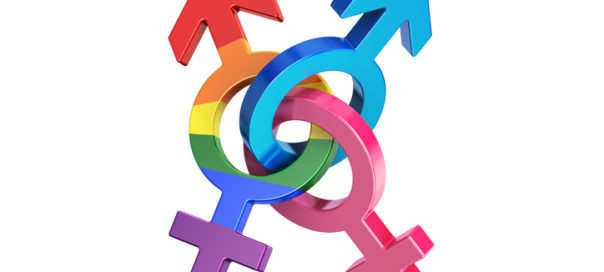
On June 19, 2017, the Governor General signed Bill C-16 into law, amending the Canadian Human Rights Act to include “gender identity” and “gender expression” as prohibited grounds of discrimination. Section 3(1) of the CHRA –which applies to federally-regulated employers and service providers such as banks, airlines, and telecommunications companies—now provides:
Prohibited grounds of discrimination
3 (1) For all purposes of this Act, the prohibited grounds of discrimination are race, national or ethnic origin, colour, religion, age, sex, sexual orientation, gender identity or expression, marital status, family status, disability and conviction for an offence for which a pardon has been granted or in respect of which a record suspension has been ordered.
This amendment, which is designed to protect transgender and other gender diverse persons from discrimination, brings the Canadian Human Rights Act in line with the human rights legislation in a majority of the provinces and territories in Canada, such as the Ontario Human Rights Code. Federally-regulated employers are now expressly prohibited from discriminating against an employee and/or prospective employee on the basis of their gender identity and/or gender expression.
While “gender identity” and “gender expression” are not defined in the Canadian Human Rights Act, the Ontario Human Rights Commission’s 2014 “Policy on preventing discrimination because of gender identify and gender expression” (“the Policy”) can provide some guidance.
The Policy defines “gender identity” as “each person’s internal and individual experience of gender”. It is a person’s “sense of being a woman, a man, both, neither, or anywhere along the gender spectrum”. The Policy emphasizes that a person’s gender identity may be the same as or different from their birth-assigned sex and that it is fundamentally different from a person’s sexual orientation. “Gender expression” meanwhile is “how a person publicly presents their gender”. This can include a person’s chosen name and pronoun, or their behaviour and outward appearance, such as dress, hair, make-up, body language and voice.
The Policy defines “trans” or “transgender” as those people with diverse gender identities and expressions that differ from stereotypical gender norms. It includes but is not limited to people who identify as transgender, trans woman (male-to-female), trans man (female-to-male), transsexual, cross-dresser, gender non-conforming, gender variant or gender queer. “Gender non-conforming” individuals do not follow gender stereotypes based on the sex they were assigned at birth and may or may not identify as transgender.
The Policy, while not legally binding, may serve as a starting point for federally-regulated employers when considering their duties under the amended Canadian Human Rights Act.
Employers’ responsibilities arise at all stages of employment from hiring to termination, and it is likely that adjudicators will continue to interpret legislation to include the following employer obligations:
- providing accommodations for transgendered or gender non-conforming persons when necessary;
- ensuring that transgendered and gender non-conforming persons have access to washrooms based on their lived gender identity;
- ensuring that dress codes are inclusive of everyone and flexible; and
- establishing guidelines for assisting gender transitioning employees.
As always, employers who receive an accommodation request should take steps to ensure that they are collecting relevant information without infringing upon employee privacy rights, and must ensure they conduct a detailed, individual assessment in each case.
The Policy emphasizes that issues involving gender transitioning can be particularly sensitive. An individualized gender transition accommodation plan is suggested to enable the parties to work together during the transition process. Open communication is essential when drawing up such a plan, with the employee’s preferences with respect to messaging respected wherever possible.
Employers who have not already done so are encouraged to review and familiarize themselves with current issues surrounding gender identity and gender expression, to review workplace policies and programs, revising them as needed to meet evolving legal requirements, and to train managers and supervisors on the updated policies and programs.
Minken Employment Lawyers is your source for expert advice and advocacy on today’s employment law issues. Whether you are an employer or an employee, we can help. Contact us to see how.
Sign up for our e-Newsletter for the latest updates and case studies in employment law.
